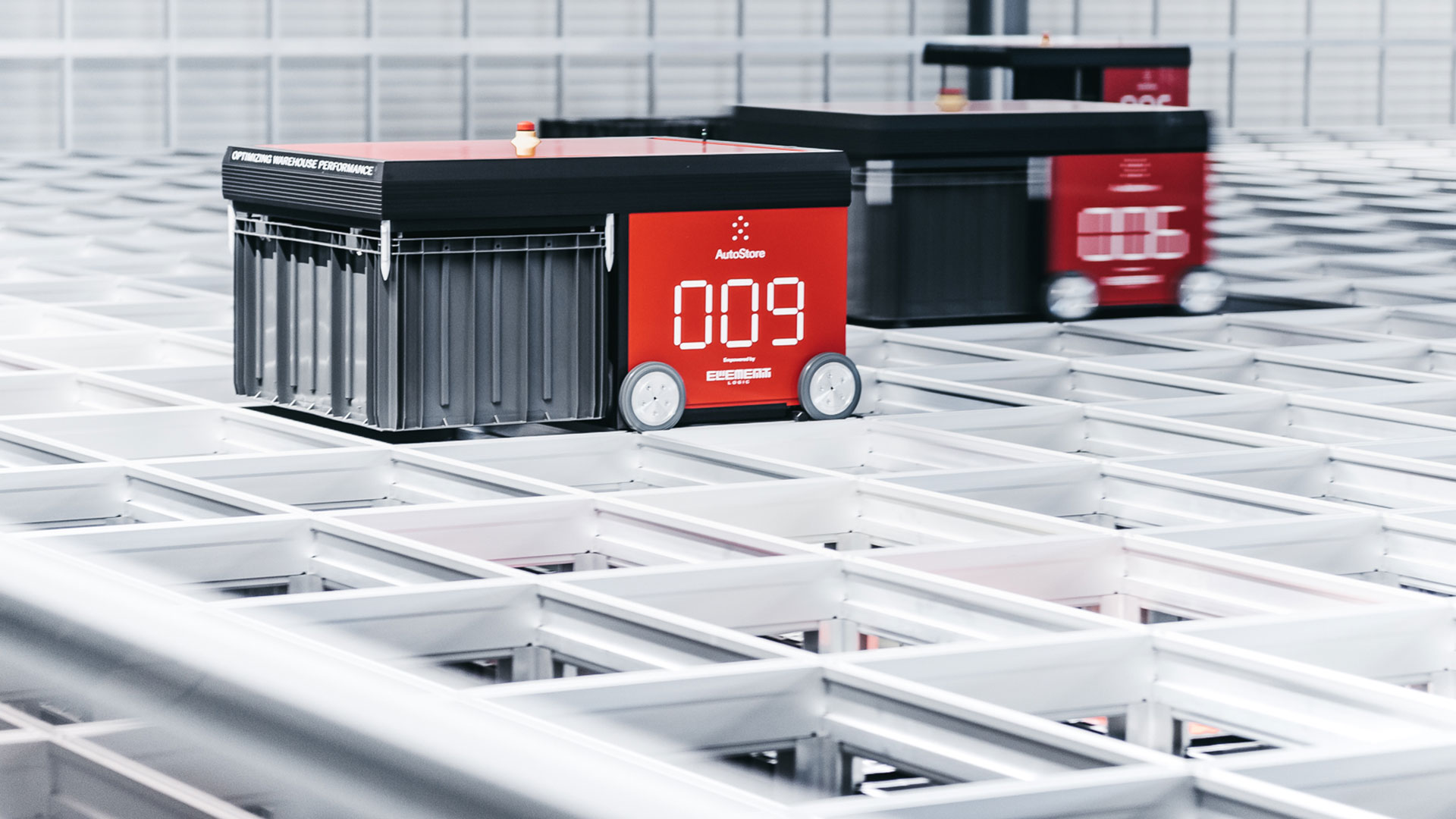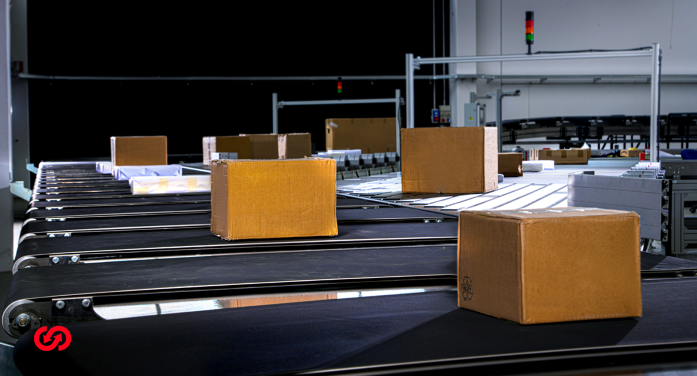A customer’s ability to summon a single avocado to the door within 15 minutes with a single swipe of a grocery app may appear to be the ultimate in personal service, but is it realistic or sustainable in a post COP26 world? The pressure is on retail and delivery businesses to innovate not only to meet the demands and desires of consumers but do so with respect to the environment and move to net zero carbon emissions. but as ex-CEO of Unilever, Paul Polman, says, engage in a “net positive” approach.
For businesses currently struggling to meet customer demands for home delivery due to the lack of capacity created by the driver deficit and a rapidly escalating cost base, a greener future can look a long way off. But, how can a company explore the potential of new innovations such as drones, autonomous delivery robots or electric vehicles when scrambling to achieve business as usual? How can retailers pick the right delivery strategy? Is it possible to meet the green expectations of some customers – while also encouraging more environmental awareness in others? Critically, how can companies achieve this while maximising the capacity of the existing delivery fleet and minimising the impact on the bottom line?
Andrew Tavener (pictured) – Head of Marketing at Descartes discusses the options for future proofing home delivery operations in a very uncertain world.
Embedded Behaviour
The speed with which consumers have transitioned to home delivery has been phenomenal. In January 2021 ecommerce adoption comprised nearly 38% of total retail sales in the UK and while that figure tailed off a little during the rest of the year, our desire for a personal service continues to increase. Take-away deliveries were 266% higher in December 2021 than 2019 – and delivery volumes now outstrip takeaway collections by a large margin. Consumers are now embracing the rapid food and grocery delivery companies that have popped up around the country offering a 15-minute option: expectations for a ‘to the door’ experience show no signs of diminishing.
For retailers, while consumer willingness to buy online has provided a vital lifeline during the pandemic, it has also created a huge logistical, financial and environmental headache. Vehicles of every size criss-cross our cities, towns and villages constantly. Our roads are clogged and emissions are rising. Inept scheduling combined with poor customer communication means that delivery success rates are hugely variable – leading to expensive redelivery. Research conducted by Descartes in the summer of 2021 revealed that over two thirds (68%) have had an issue with delivery in the last three months – and, as a result, 24% lost trust in a delivery company and 24% lost trust in the retailer.
Empty miles are still a major financial and environmental headache. And businesses are still wrestling with the unsustainable cost of returns to both the bottom line and the planet. A home delivery business model that was essential during an extraordinary event such as a global lockdown is not in any way sustainable for the future. Yet customer expectations have been set. So what happens next?
Unsustainable Model
Companies are trialling any number of new vehicle and delivery options in a bid to both reduce the reliance on drivers and cut emissions. Several high-profile retailers and courier companies have announced the transition to Electric Vehicle (EV) fleets – although with the rising cost of electricity and ongoing concerns regarding the environmental impact of battery technology, such decisions are far from straightforward. Drones are set to play a vital role, with a recent government report saying the use of drones in logistics could result in £2.8bn of savings and boost productivity.
In urban areas, companies are exploring the role of autonomous delivery robots, especially for delivery of take away food, as well as trialling cargo bikes as an efficient alternative for deliveries of food, parcels or heavy goods. Innovation is exciting – but how can companies determine the right approach that meets both current customer demands and prepare for a future that may look vastly different from an environmental perspective? For too many, the uncertainty is leading to decision making paralysis.
Companies cannot afford to wait for the future to become more certain: they have to meet customer expectations today with existing capacity, existing fleets. Businesses need to embrace effective real-time scheduling and routing that can optimise capacity in line with inbound demand. The key is to use a solution that not only maximises the performance of the existing fleet but can also manage whatever mix of vehicles a business deploys in the future.
Action Now
Right now, companies need to be able to automatically route EVs into Clean Air Zones, for example, to avoid excessive congestion charges. They need to ensure the routing for cargo bikes includes dedicated cycle options – such as short cuts through parks if that is quicker – to maximise the value of the investment. With the latest advanced routing and scheduling software and ability to factor in any relevant parameters – from electric charging times and locations, to the permitted distances for cargo bike drivers – companies can both maximise the utilisation of the current fleet and experiment with new vehicle types and determine how/where they are best deployed.
Adding telematics into the mix also gives new business insight into factors including the performance of vehicle types to inform future fleet strategy, while using Artificial Intelligence and Machine Learning tools can help identify specific factors and trends in fleet operations that would otherwise remain hidden. Are drones failing to deliver in a certain area? Where is vehicle damage occurring – and why? Are cargo bikes maintaining temperature effectively, irrespective of season? Diving into this information can help fleet managers to gain far more understanding of the underlying factors that affect performance, vehicle availability, repair costs, and even carbon emissions. Companies can use this information to improve contingency planning and also inform the mix of vehicles in the fleet for the future.
Inspire Change
Capturing this information will also help companies increase the visibility of green delivery options. For most customers, it’s timeliness, convenience and certainty of delivery that is paramount. By ensuring on time delivery companies meet expectations minimises expensive redelivery – something that is a massive financial and environmental overhead.
With a choice of dates and times, a customer can opt for a delivery slot that meets their needs, increasing delivery success. Add in a solution that automatically provides the customer with an estimated time of arrival – and an option to reschedule before delivery if needed – also eradicates wasted journeys. Growing numbers of companies are also adding greener delivery options – and nudging customers in this direction with enticing pricing by offering a free or discounted delivery slot if the driver will already be in that street or area.
This approach also ties into the growing demand for collaboration between delivery companies and the use of local hubs. It makes zero sense for multiple delivery vehicles to be going up and down the same streets simultaneously: collaboration between companies to batch deliveries to specific areas offers significant potential benefits in both operational costs and improvements to the carbon footprint.
Conclusion
Few businesses can confidently predict the shape of home delivery in the next three to five years. Consumer demands are unlikely to reduce, but profitable business will be tough with rising fuel costs, driver shortages and expanding Clean Air Zones. It is possible that environmental tariffs may damage the home delivery business. Alternatively, hugely innovative vehicle technology combined with a collaborative approach to minimise the number of vehicles on the road could transform the carbon footprint and actually make home delivery a better sustainable option.
Nobody knows – but no business can afford to wait to discover what will unravel. Companies need to act today if they are to meet customer demands in the face of current challenges; but experimentation is also going to be key as the home delivery model evolves. The more diverse the fleet, the more important it will be to have a robust scheduling and routing solution that can maximise efficiency and manage complexity in real-time regardless of the mix of vehicles used.






